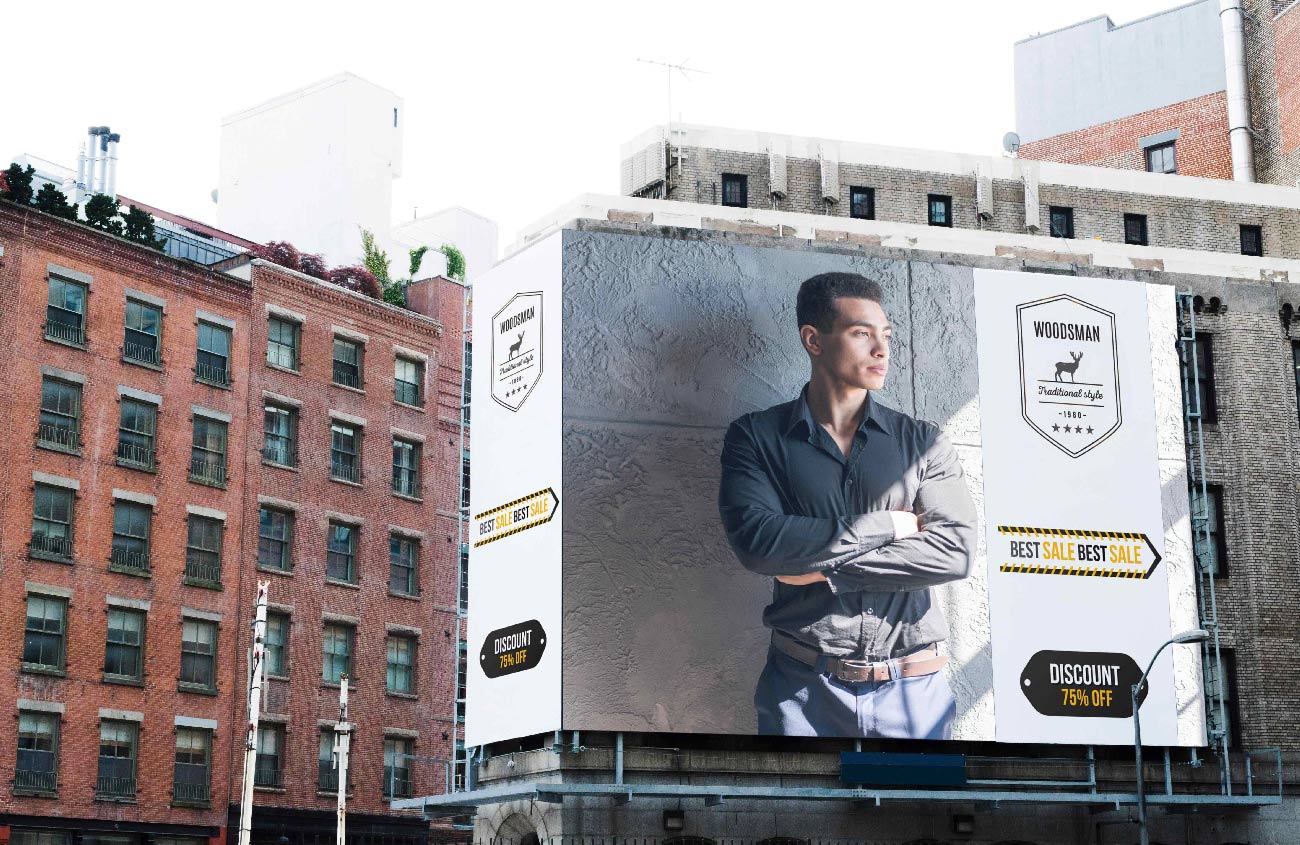
6 best practices to have a perfect Out of Home Advertising campaign
Many giant companies including Facebook and Google are leading at the forefront in the world of online advertising. Yet, they turn to outdoor advertising when they launch something new and want to spread the word. Any business looking to introduce a new product, break into a new market, or reinforce their position as a market leader can benefit from OOH advertising more than anything.
However, just investing in a few OOH advertisements and hoping for the best is not enough. Here are a few best practices that can help to perfect all the elements of your OOH campaign to have the greatest potential audience impact.
Get the Placement Right
Before finalizing your OOH ad location, it’s important to ensure that any spaces your ad occupies run in geographic locations that align with your target audience. It is also important to understand the composition of the market, behavioral tendencies, and travel patterns of your audience to effectively optimize media placements.
Build at the right time
Reaching your audience at right time is important in the successful implementation of an OOH campaign. When a product is launched, during its consideration phase, brands must focus on a visibility-driven campaign. Big, recognizable branding and imagery along with simple, memorable messaging work best for this stage.
During the purchase intent phase, the brand can include specific, instructional messages like coupon/discount information, details to access the brand on the web, etc.
Timing matters for both the audience and the brands. The seasonality of messaging plays a major role in some businesses. Back-to-school is a major summer shopping opportunity, accounting firms are more in demand during tax season. Brands should be able to identify when consumers are likely to make the transition from the consideration phase to the purchase phase and plan the campaigns accordingly.
Focus on the right format
Out of home advertising is not just limited to billboards or posters. OOH offers a large number of unique formats, each with its own benefits and advantages to convey the message to the audience.
Static OOH placements are 24/7 always-on branding while digital signages have creative flexibility, interactive and audio/video capabilities, and require zero production time.
Build the Right Message
In a study conducted by Nielsen, on average, 81% of people who noticed a specific type of OOH ad engaged with the messaging. This engagement includes searching for the brand, making purchases, sharing an image of it on social media, etc. Your messaging has to be on-brand, positioning your business as unique and beneficial to your audience. A single straightforward, clear, and concise message tends to work best.
Keep the creative simple
The dominant principle for any out of home creative is simplicity. Like messaging, your creative must be on brand and must be intentional to reach your audience. Creative drives engagement. While developing the creative for the OOH campaign, consider the size and format of the media and the creative opportunities those measurements provide. A good balance of the copy, imagery, and white-space should be maintained. Based on space and visibility, limit the number of texts. Space and context will also play a core role in creative development. Billboards on highways should follow a “make small objects bigger, not big objects smaller” rule. However, transit shelters and street-level posters can have more detailed imagery or text, as they’ll be seen up close and often offer a longer dwell time than billboards.
Integrate OOH with other media
OOH advertising alone cannot provide a brand, desirable results. OOH should not be an isolated channel in your marketing mix. Pair it with other media to help the brand reach its brand goals. For example, consider pairing your out of home campaign with a digital and mobile campaign.
So, doing an OOH ad means more than just booking a space and fitting a message from another ad medium there. It takes careful planning to appropriately leverage the capabilities and usefulness of OOH so that it works well for your brand.